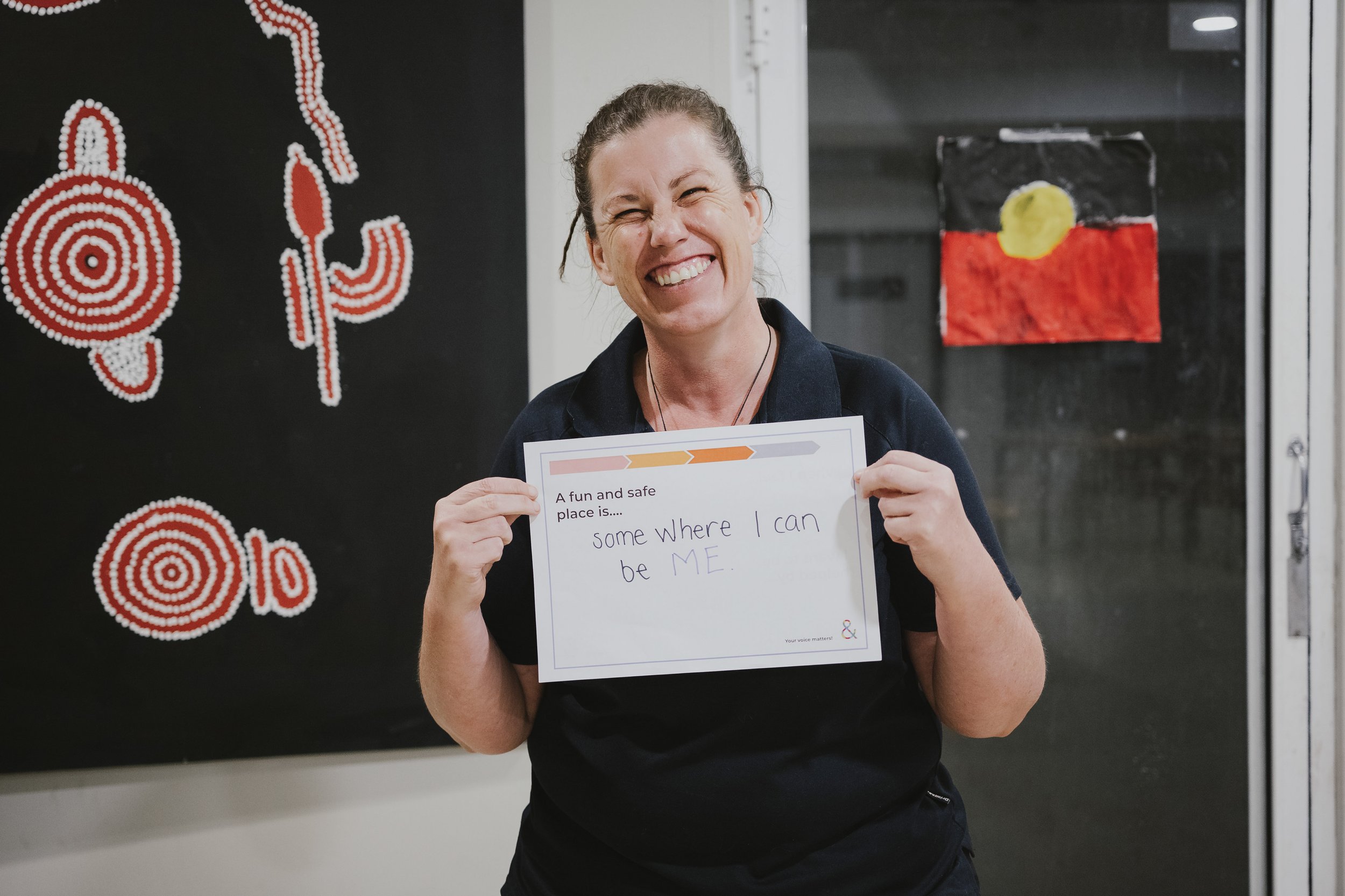
Putting the needs of children back at the centre of the service system
Indigenous led decision making at a systems level.
Systemic cultural, social and economic discrimination continue to disempower Indigenous communities and negatively impact the wellbeing of children, young people and families across Australia. A lack of access to appropriate, comprehensive and effective support stands as a barrier between family wellbeing and the outcomes they are experiencing.
Key to shifting these systemic issues is enabling the voice of families and children in the East Kimberley through participatory design and service system mapping, this co-creates sustainable wellbeing outcomes and empower community-led decision making. Using a systems thinking and community-led research and design approach, we facilitated deep and genuine community engagement to surface a structural understanding of the whole service system. A systems design approach makes visible the gaps and interdependencies within the social safety net, allowing us to identify opportunities to provide better support and prevent people from falling through the cracks.
In partnership with Key Assets and Binarri-binyja yarrawoo we delivered the East Kimberley Child and Family Services Map – a comprehensive evidence-based social impact tool that provides greater visibility of child and family wellbeing services across the region, while enabling confident decision making and collaboration among service providers.
The Child and Family Services Map is structured around community needs and tailored to specific users across all stages of their wellbeing journey, ensuring that decision making is centred around the lived experience of community members. Codesigned by the community, it reflects local definitions of wellbeing and repositions culture at the centre of service system design. This helps local families and young people clearly identify their needs based on their circumstance and know where to turn for support, in a self-referred process that encourages empowerment and a sense of control while interacting within the system.
The visual service system map informs decision-making across community and government levels and promotes accountability through providing a clear view of what is needed, what is effective, and what is not productive. This will encourage more effective provision of resources by identifying where services are overlapping, and redirect investments toward service gaps to improve the continuity of care and support children and families across all life stages, needs and priorities.




